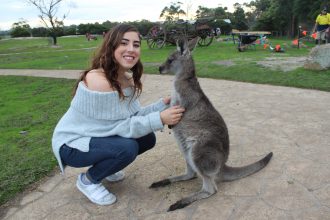CAVA + Ana Fabiano | A Bubbling Affair

CAVA is one of the most known international sparkling wines from Spain. A bubbling affair that is getting even more attention in the recent years as a synonym of excellence and versatility. According to M. Raventós (1985), «cava may be one of the most complete elaborations that human beings have been able to create in a natural way» and ANA FABIANO explains some of the reasons why.
Ana Fabiano
Ana Fabiano is an accomplished Spanish wine expert. At the Embassy of Spain Trade office she was one of the founding members of Wines from Spain. She inaugurated promotional programs and key relationships with trade professionals and wine writers in North of Spain region at a time when Rioja, Jerez and Penedés (predominantly known for its Cavas) were the only wine regions of Spain with international recognition. In 2010 she was appointed Brand Ambassador for the DOCa Rioja and Trade Director of Rioja Trade.
Ana Fabiano is also the author of the award-winning book THE WINE REGION OF RIOJA, the first and only book by a US publisher dedicated to Rioja Spain. It is an authoritative, informative and beautiful reference source for enthusiasts as well as for seasoned professionals.
Read more about Ana here: Ana Fabiano: Rioja is for Wines as Ranching is for Texas. By Lilia Davis.
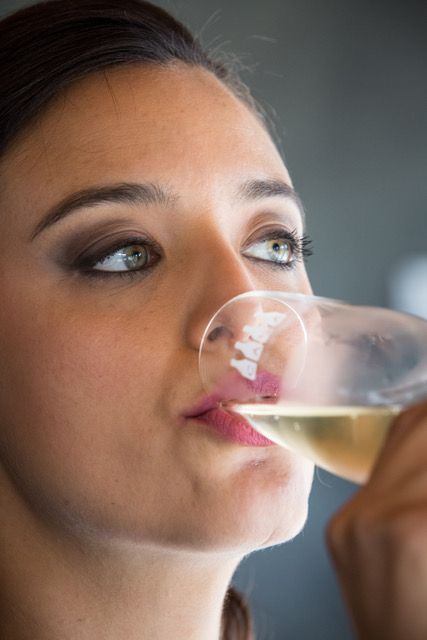
My first Cava
I had the fortune to drink my very first glass of cava right in place of origin, north of Spain. More specifically in the beautiful Real Club de Polo de Barcelona, during lunch with distinguished Catalan family friends many years ago. Prior to that, I had never tried it, neither heard of it in my small world in South Texas. Since then, I have learned to enjoy it and appreciate at any time with friends, family, celebrations or events and of course, during food and wine tastings.
And it was precisely at a Food and Wine Festival in Austin, Texas that I met Ana Fabiano, an expert in Rioja wines, for the first time. I was impressed by her knowledge of history of wines and of the north region of Spain where Cava is produced. Her presentation was fun and charming and full of historical anecdotes related to wine.
The Seduction of Cava
But what is it about the personality of cava that is capable of captivating and seducing with the charm of its effervescence and bubbles? Is there a new generation of women producers of cava contributing modern ecological philosophies? Are there any fresh, new and innovating ideas in its elaboration?
With all these questions wondering in my mind I decided to contact Ana Fabiano and she kindly contributed her knowledge to answer some of those questions that we put together in this article. I couldn’t have a better person to talk and interview regarding this «espumoso» sparkling wine .
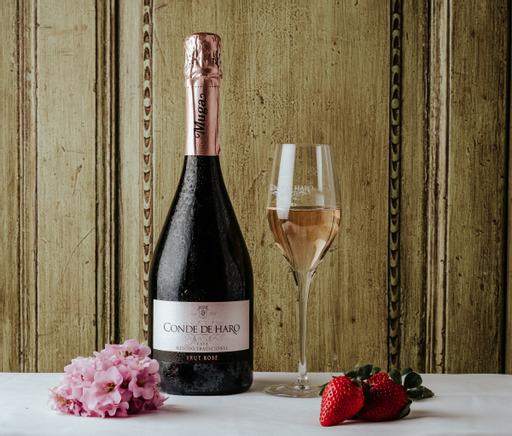
HISTORY
Ana, can you talk a little bit about how did Cava arrive to Spain?
Champagne first made its debut in Spain in 1760 and from there this exclusive beverage began its importation. Hence trade with Champagne was the origin of the exchange which over time resulted in Cava production in a region that was already producing wine.
Why it is called “el Cava”?
In both Castilian Spanish and Catalan the language of Cataluña, “Cava” means cave or cellar and since these wines required significant cellar care and aging it was deemed appropriate. It was also catapulted to distinguish the difference from French champagne. The name was first granted in 1959 and officially recognized by the Regulatory Control board in 1972. It also sounds beautiful and is easy to pronounce.
TRADITIONAL METHOD
We have some other sparkling wines in the industry, but what is the difference between Cava, Champagne and Prosecco?
Cava adheres to the same production method of Champagne which amongst other quality driven factors requires the second fermentation of the wine takes place in that same bottle one purchases.
The production method for Prosecco and other sparklers is very different. Every sparkling wine not produced in the Champagne region should not use its name but can reference this production method which is Traditional Method.
Cava has always adhered to the Traditional method and must do so to receive this designation.

PRODUCTION
Is all Cava produced in Cataluña?
Cataluña is the region of Spain for its production. Penedés is the demarcated wine D.O. region. About 95% of Cava is produced in Cataluña but the production of Cava is further authorized for production in 4 areas of Spain, hence it can be produced in such DOCAa (Denominación de Origen Calificada) regions as Rioja. Some examples from Rioja include Conde de Haro from Bodegas Muga, and Marqués de Cáceres Brut from Marqués de Cáceres.
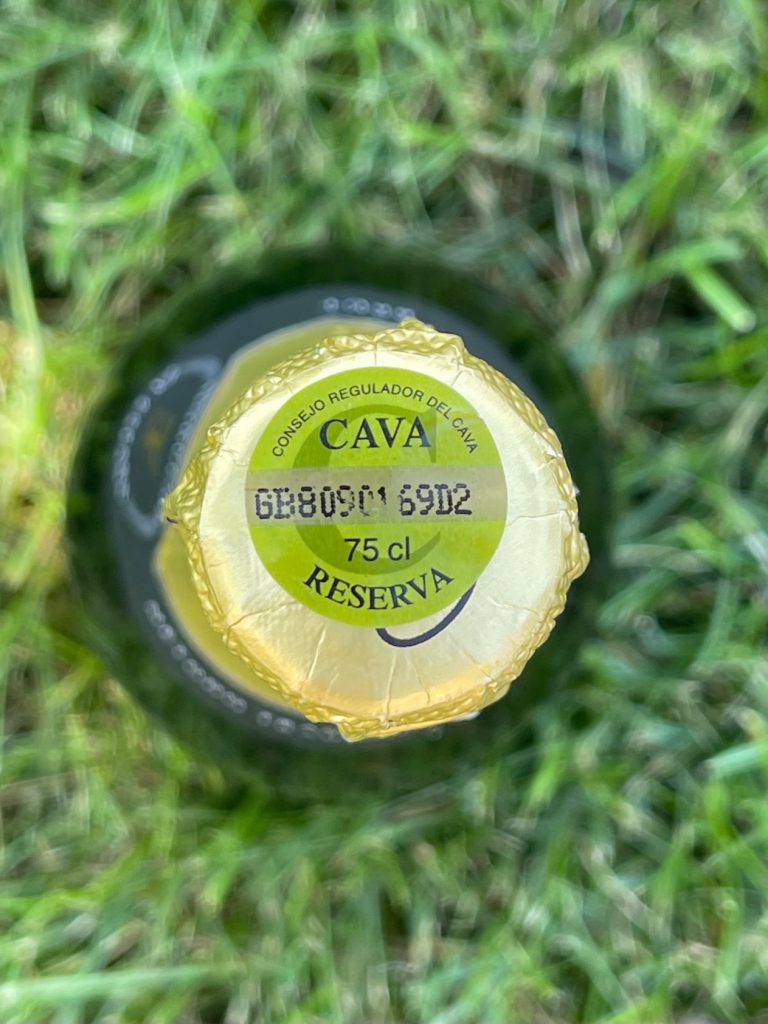
Any Cava produced in any of the authorized areas must carry the CAVA trust seal issued from the Cava Control Board and which usually appears horizontally on the top of the bottle
WOMEN PRODUCERS
Are there any women currently producing Cava?
There are many female winemakers in Spain and in the Cava world. In part the generational family owners support this continued career path within the wine industry.
This also holds true from the production of Cava. Spain has a high percentage of female winemakers and growers. One noted example is Parés Baltá which has two female winemakers and is a generational family producer.

What kind of grapes are the most used to produce cava?
The indigenous and traditional grape blend of Cava is Xarel-lo- Macabeo and Parellada. Today many blends also include small percentages of Chardonnay.
How to Enjoy it
Is there a certain temperature best for drinking cava?
About 50’ degrees F. I would recommend chilling it slightly more if the wine is placed in an ice bucket for sipping during a meal or event as it always warms up a bit in the glass. It will need to be refrigerated for at least a few hours prior to serving.
FOOD PAIRINGS
Cava is often related to celebrations, but what is the best pairings with food that you may recommend?
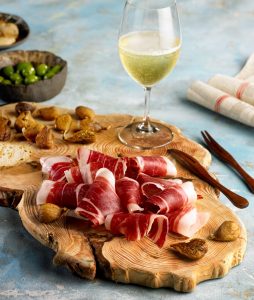
You are right, cava are often relegated to celebratory events. It is a wine associated with celebration which is wonderful but are also very cuisine compatible. For example, it can be enjoyed with many different meals such as salads with marinades, white fish, vegan. Any dish with a degree of acidity would balance well with the acidity in the wine.
Of course, also shellfish is a great pairing for Brut Nature Cavas. I personally think that both delicate or fleshy white fish are always a sure fire successful pairings for Cava. The age and weight of the wine also can influence the pairing.
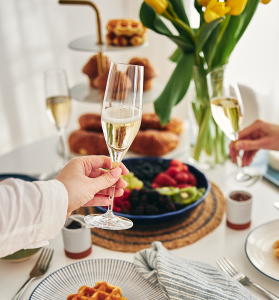
Tip: The ideal glasses to serve cava are made of white and transparent glass, tall and preferably tulip-shaped to visualize the column of bubbles it forms and enjoy its aroma. As with any wine glass, it is advisable to hold the glass by the stem to avoid heating the cava.
VARIETIES
How many types of cava are there, such as Brut, Dry, or any other?
There are several categories and types.The categories refer primarily to the ageing level and also vineyard. They are: Cava, Cava Reserva, Cava Gran Reserva, Cava de Paraje Calificada. The types reference the level of sweetness (dosage) ranging from bone dry Brut Nature, Extra Brut, Brut, Extra Dry, etc.
6 REASONS YOU SHOULD DRINK CAVA by Ana Fabiano.
1/ Positivity!
We all need this especially now! This is a wine associated with a smile
2/ Cava equates quality
-and are accessible on the palate and pocketbook.
3/ History
Long history of quality Sparkling wine production from the best production method in the world for sparkling wines- hence ensuring the best.
4/ Versatility
One can enjoy a cava alone or throughout various courses of a meal. The categories and types (which identify the range of sweetness from the dosage) offer ample ways to enjoy these gorgeous wines.
5/ Culture
I approach wine from a holistic perspective and believe fervently in wine places of origin where a culture has grown up together with the people, land, vineyards and wine. This is extraordinarily evident in Cataluña.
6/ Cava Bars
There are Cava Bars in Barcelona and throughout the region. It is an amazing coastal corner of Spain. A land and people I respect and admire so much. You will too when you experience it in the glass or in “cava country”.
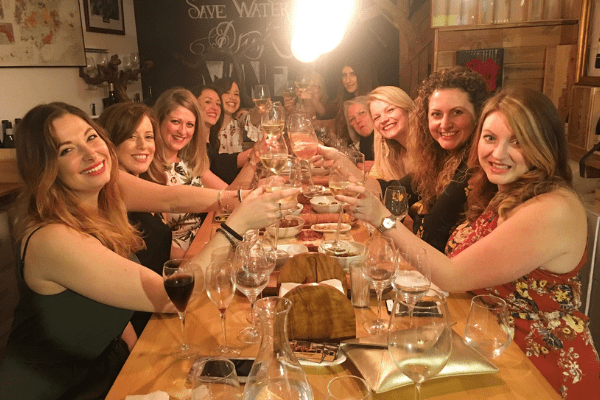
RECOMMENDATIONS
ANY RECOMMENDATIONS OF CAVA YOU CAN PURCHASE IN THE USA?
Cava producers range from large wineries to small producers that measure their production in bottles. This makes for an adventurous and diverse range for exploration. I am a New Yorker so I love diversity in all ways.
Historic and large producers are Freixenet and Codorniu. Other small producers I have worked with and have in my personal cellar for enjoyment or gifting are: Juvé y Camps, Agustí Torelló, Cavas Pares Baltá, Segura Vidudas, and Vilarnau. I also recommend consulting a trusted wine merchant and wine-searcher.com is a great source too. Anyone can always reach out to me also.
ANA’S FAVORITES IN BARCELONA
Barcelona is one of the top tourist destinations in Spain and rightfully so for all the delicious and stimulating artistic and creative works and life that live there. Many of which are in public spaces. It is no surprise that the greatest chefs of the 21st century came from Spain and many of them from Cataluña. One wonderful attribute too is that “Cava Country” is located close to Barcelona. You can make a day trip or weekend jaunt easily from the city.

There is so much to relish and explore in Barcelona and the world class Gaudi architecture can also be appreciated by just strolling the streets. Here are few suggestions:
Hotel
Hotel: Hotel Condes de Barcelona– I always prefer small boutique hotels that are often in historic buildings. This one is a gem of a place and also fantastic location.
Market
El Mercado de La Boquería– (El Mercat de la Boqueria in Catalan) European markets are in many ways the equivalent of a museum experience. They are truly an essential stop for foodies. This one is exceptional and always has been.
Museum
Picasso Museum-Picasso’s work and legend is iconic throughout the world. The Picasso museum in Barcelona is a must as well as its location in beautiful corner of Barcelona.
Cava Bar
Gran Bodega del Maestrazgo Cava Bar. There are many “Cava” bars to explore in Barcelona but I love this one for the vast selection shop includes so special bottle purchases that are easy and enjoyable to sip there in the shop, and finally the very cool and artsy BORN neighborhood. This relaxing visit will satisfy one’s Barcelona and Cava wanderlust and stimulate your senses. It is worth the hunt. LRM
- IG: #anafabianorioja
- FB: Ana Fabiano
- T: @AnaFabiano
- IG: @DO_Cava
- T: @DO_Cava
- FB: @DO_Cava

By: Lilia Davis,
Editor in Chief, La Revista Mujer
Photos: Courtesy of Ana Fabiano

